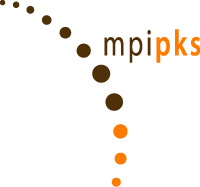
Optimising, Renormalising, Evolving and Quantising Tensor Networks
Optimising, Renormalising, Evolving and Quantising Tensor Networks
| 17:30 - 19:00 |
registration |
| 19:00 - 21:30 |
welcome reception |
